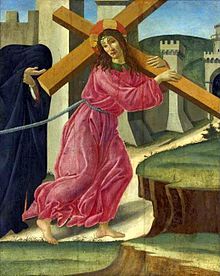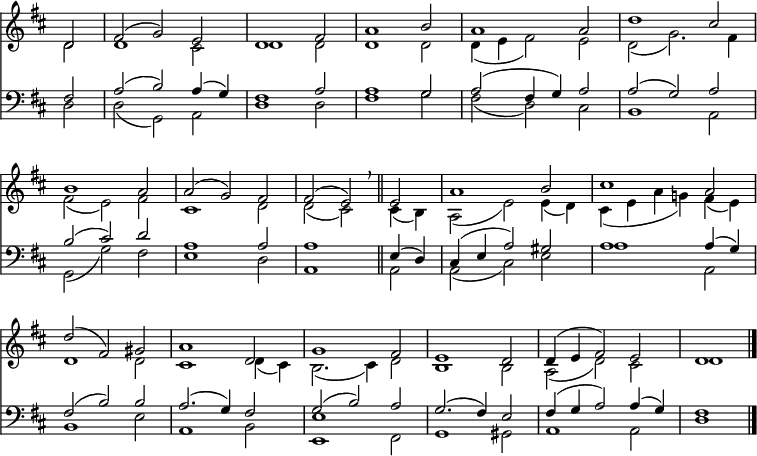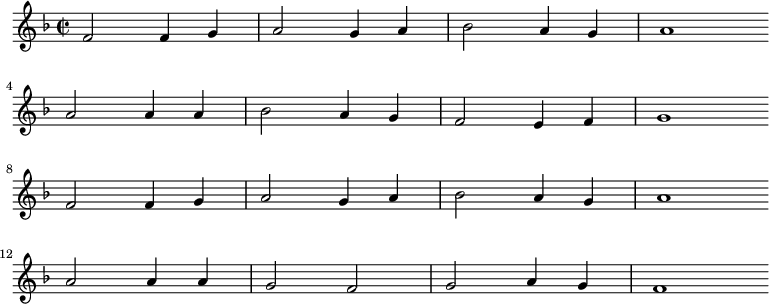| When I Survey the Wondrous Cross | |
|---|---|
 Christ Carrying the Cross (1490–91) by Sandro Botticelli | |
| Genre | Hymn |
| Written | 1707 |
| Text | Isaac Watts |
| Based on | Galatians6:14 |
| Meter | 8.8.8.8 (L.M.) |
| Melody | "Rockingham" arranged by Edward Miller, "Hamburg" by Lowell Mason, and others |
The hymn "When I Survey the Wondrous Cross" was written by Isaac Watts, and published in Hymns and Spiritual Songs in 1707. It is significant for being an innovative departure from the early English hymn style of only using paraphrased biblical texts, although the first couplet of the second verse paraphrases Galatians 6:14a and the second couplet of the fourth verse paraphrases Gal. 6:14b. The poetry of "When I survey…" may be seen as English literary baroque. [1]




